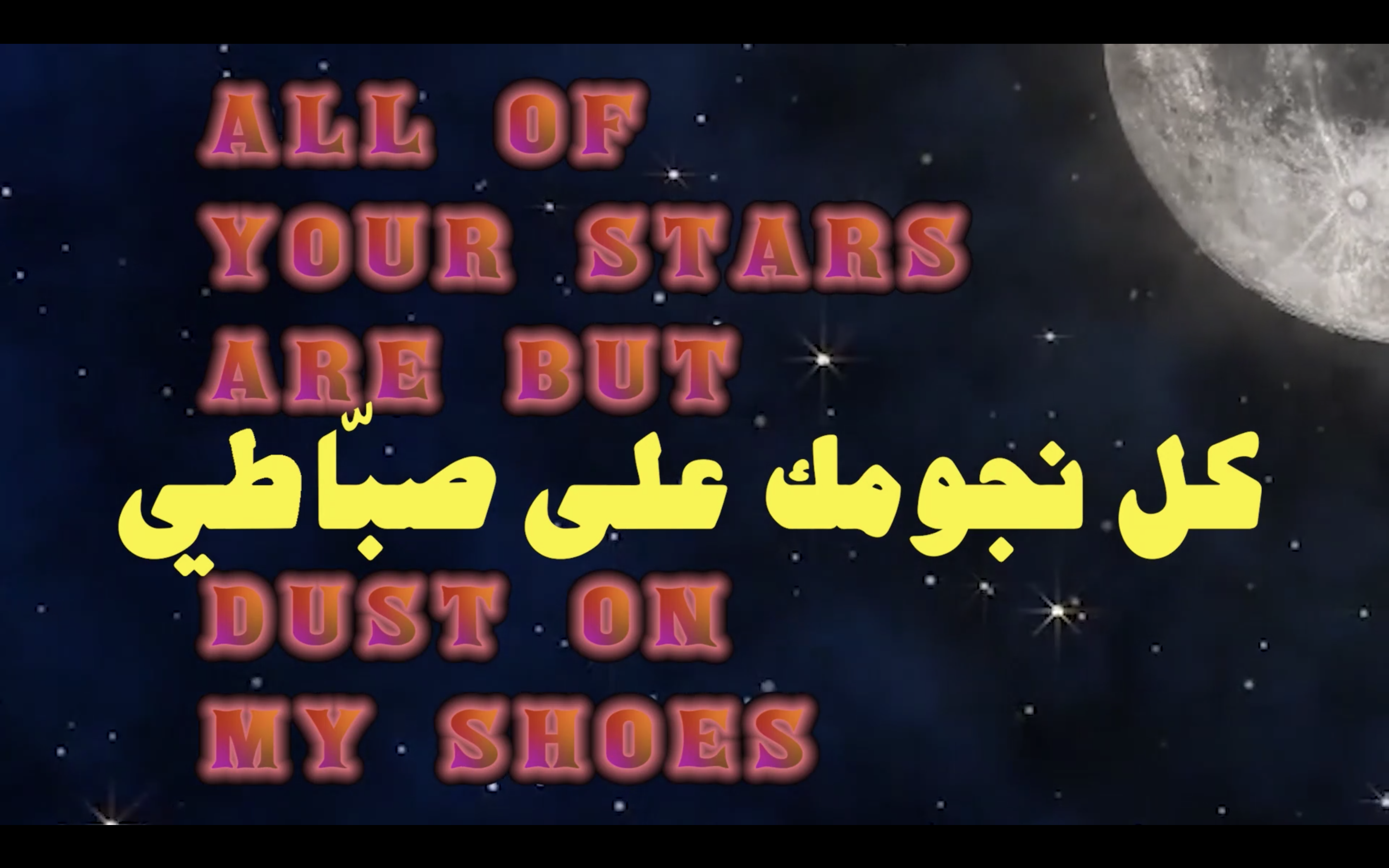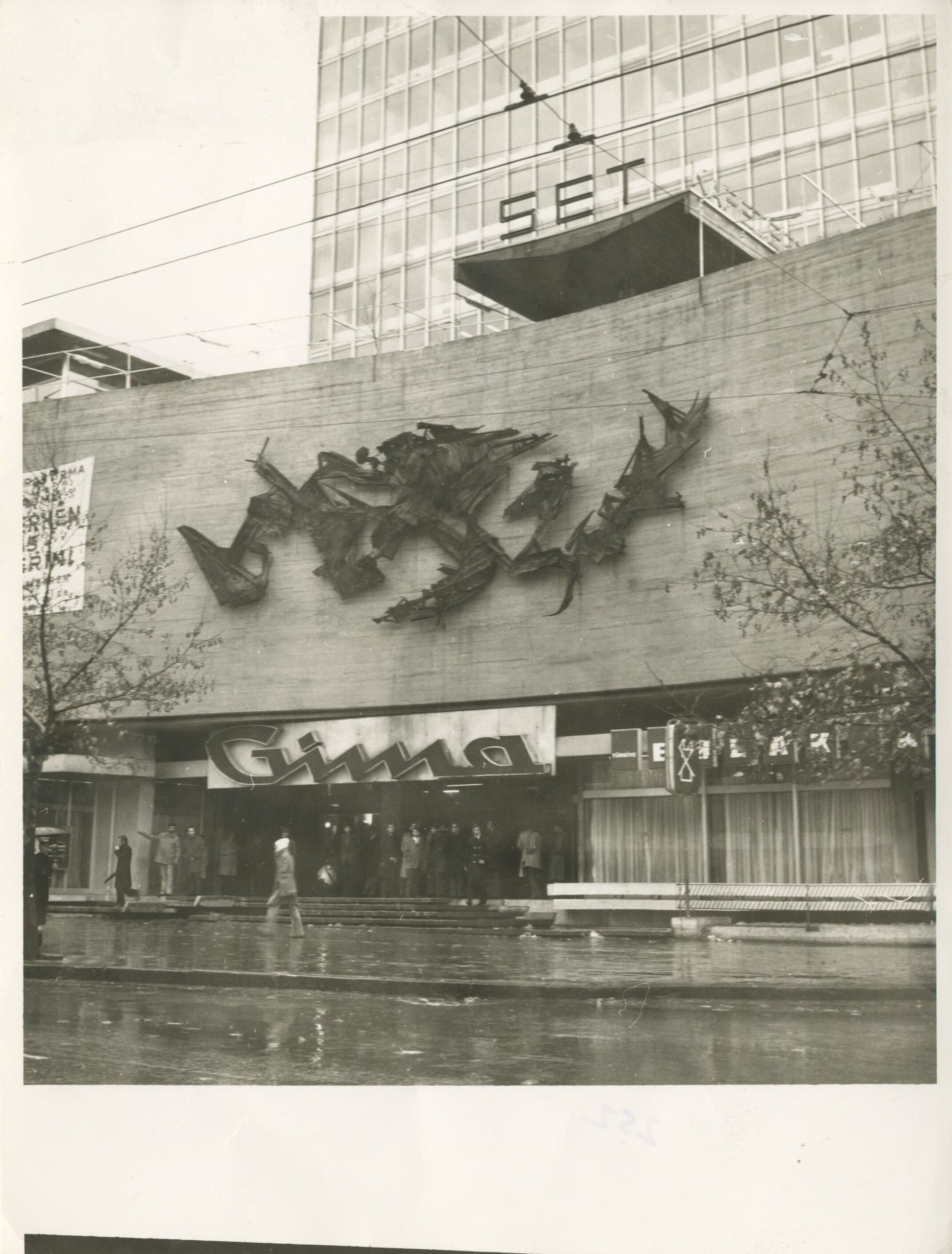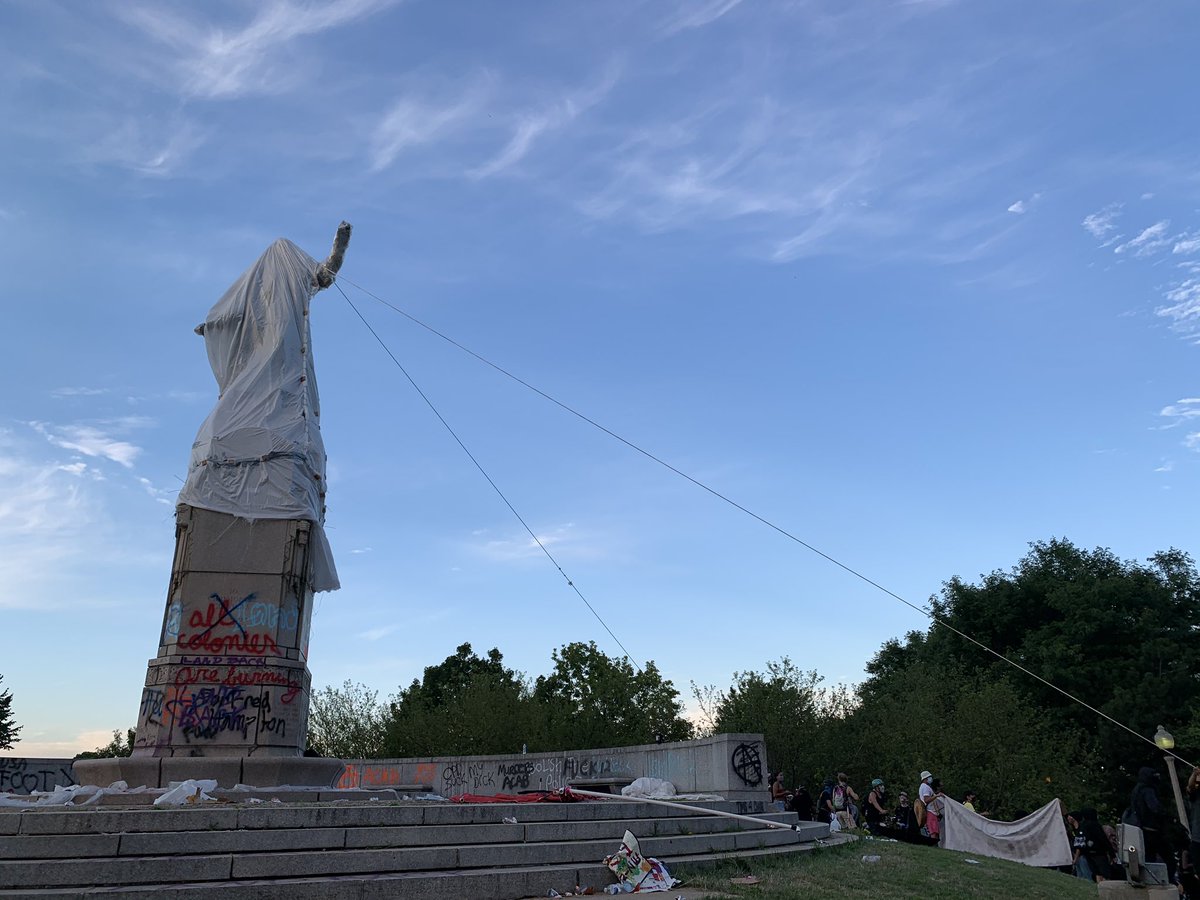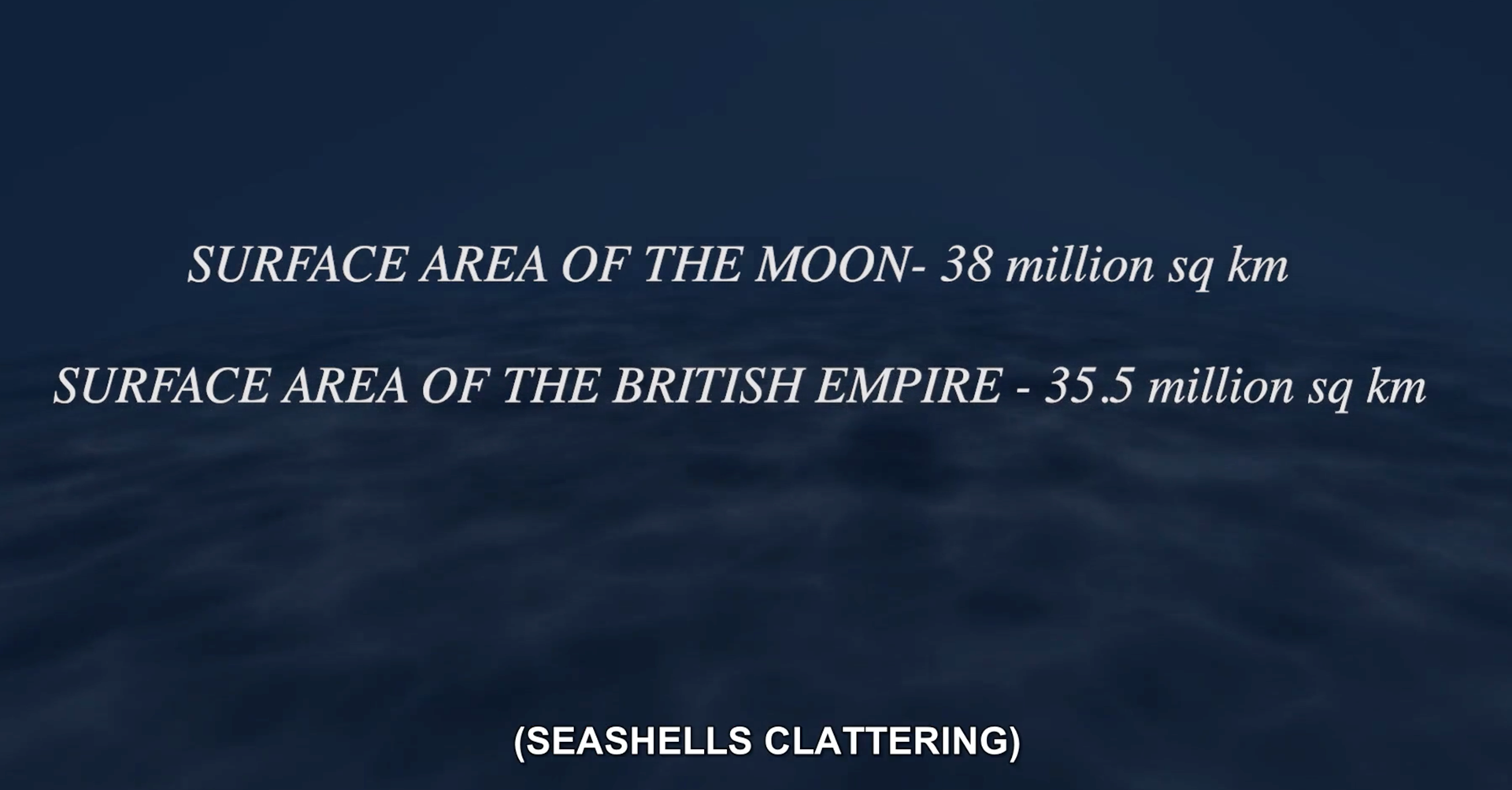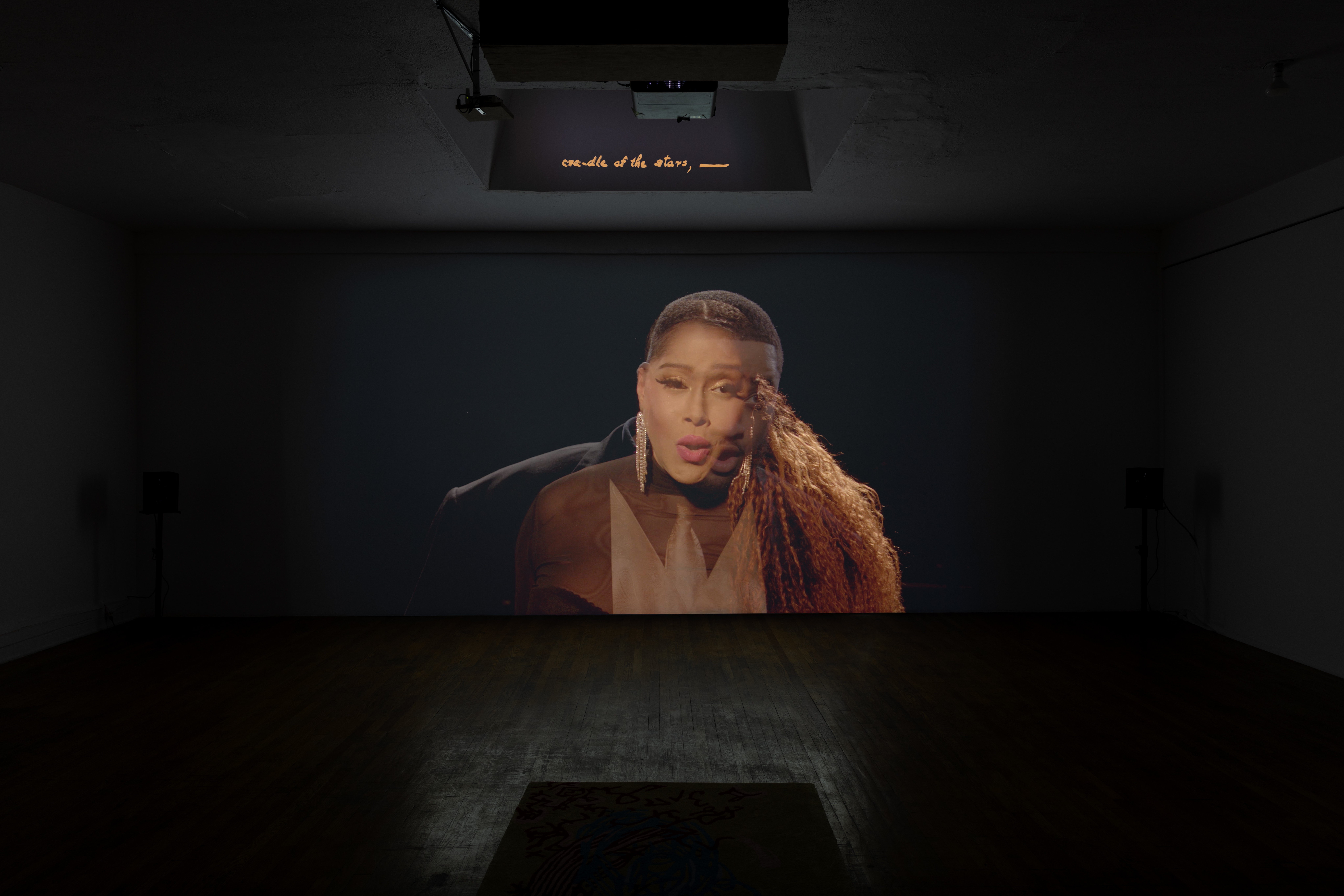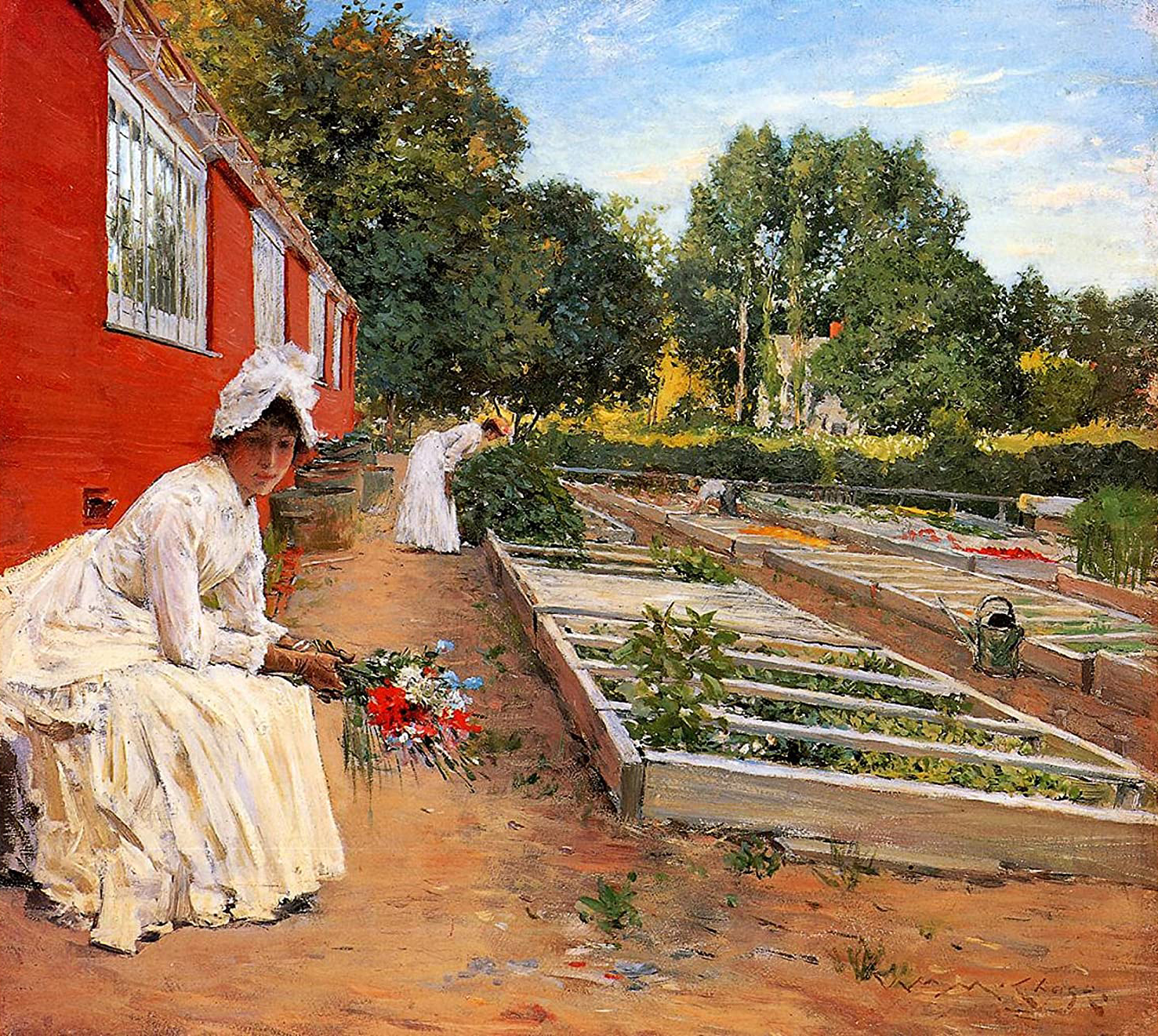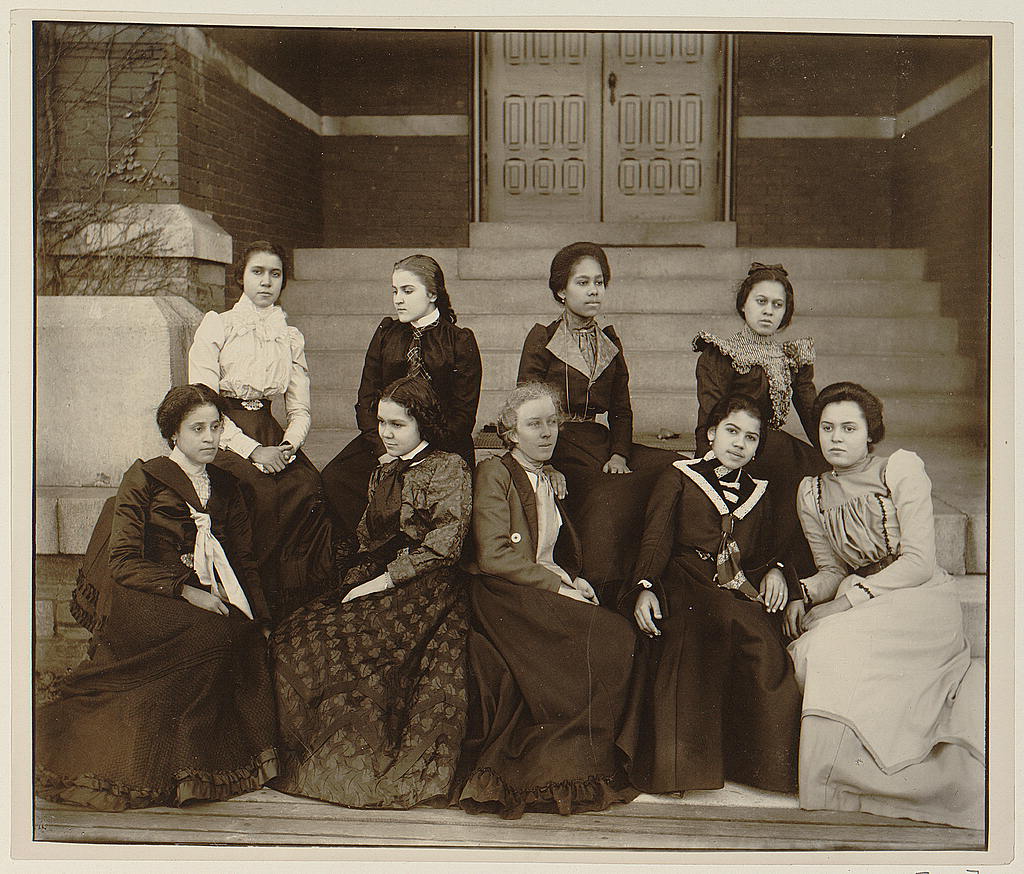Publication
The Best of 2021: an odd list
This Winter Solstice list comprises, in no particular order, 21 pieces that held me together through this year of falling apart.
Making Power in the Desert of Whiteness: Jordan Weber’s Prototype for poetry vs rhetoric (deep roots)
Prototype for poetry vs rhetoric (deep roots), including a farm, sculptural installation and community space, is the capstone of Jordan Weber’s multi-year efforts to engage the endemic impacts of environmental racism in North Minneapolis with a lasting communal platform.
Aridification as Protagonist: Kuzgun Acar’s Ecocriticism
While becoming the tallest skyscraper in the nation after its completion, Emek İşhanı uniquely amalgamated the opposing sentiments of anti-imperialism and pro-American rhetoric that marked the Cold War in Turkey through the commission of a public artwork by leftist Turkish-Ethiopian artist Kuzgun Acar (1928-1976) to be hung on its entrance facade in 1965.
Introduction: Conversations on Sound and Power
Over the next six months, Conversations on Sound and Power will gather exchanges from a wide variety of contemporary artists, scholars, writers, activists, and interdisciplinary practitioners concerned with how sound and ideas about sound shape our historical, experiential, juridical, intersubjective, and current socio-political entanglements.
Mine as Paradigm
Mind over matter in the grammars of Enlightenment geology became, in the practical geology of colonialism, mine overmatter, that is, matter recognized by the imperative to extract and accumulate through subtending stratal relations.
UMBILIC
What can we learn from water? Fluidity, impermanence, ease of movement, care, methods to listen, tenderness. Screening for the month of November, UMBILIC is an offering – forever incomplete; an entry point into uncovering different (hi)stories that can help to situate our liquid selves.
Mangué Brain: Crabs With Brains as Collective Cultural Brains
The Manguebit movement and their “Crabs with Brains” manifesto is a conceptual paradigm that brings the notion of maternity, fertility, diversity, and productivity together with the notion of a technology, digital media, and computation; that can facilitate syncretism, that can bridge the gap not only across the Atlantic, but between those that survived on land and those still locked up in the gouffre.
All that Glitters…
If reproduction is foundational to the moving image, a remake renders the archival malleable. Re-making, like un-learning, is an active, conscious practice.
Consuming Nature
Can we criticize colonialism without criticizing capitalism? Once we understand the division of domains and shared responsibilities between imperial rule, private investors, and a global market, the factor linking 16th-century colonialism to contemporary forms of neo-colonial and extractivist policies becomes evident.
Atlanta: Notes from the Album
In his sociological theory of double consciousness, W. E. B. Du Bois argues that we are not always as the other sees us – and even though we would like to be seen by the other, we may never be seen accurately or truthfully.
